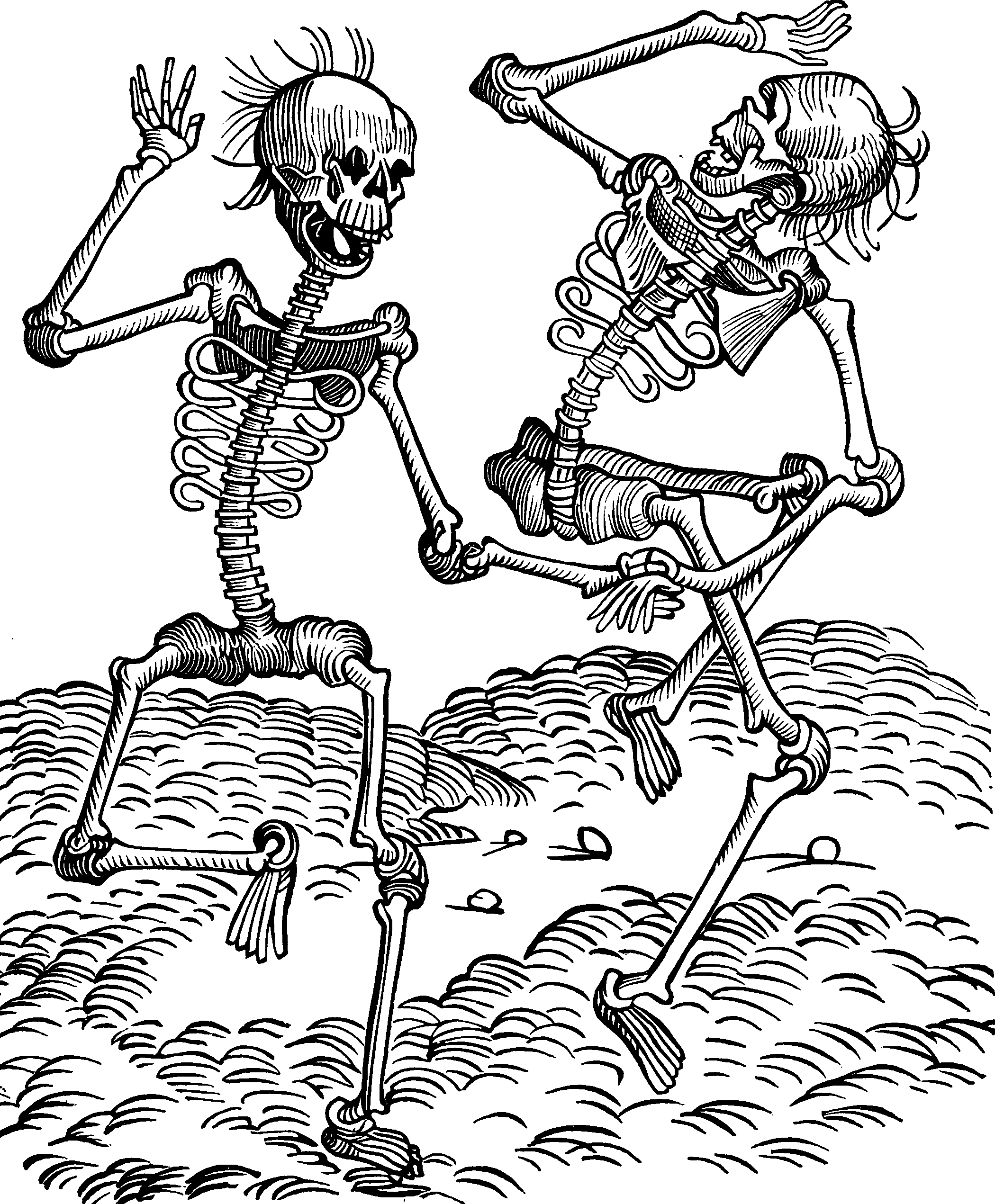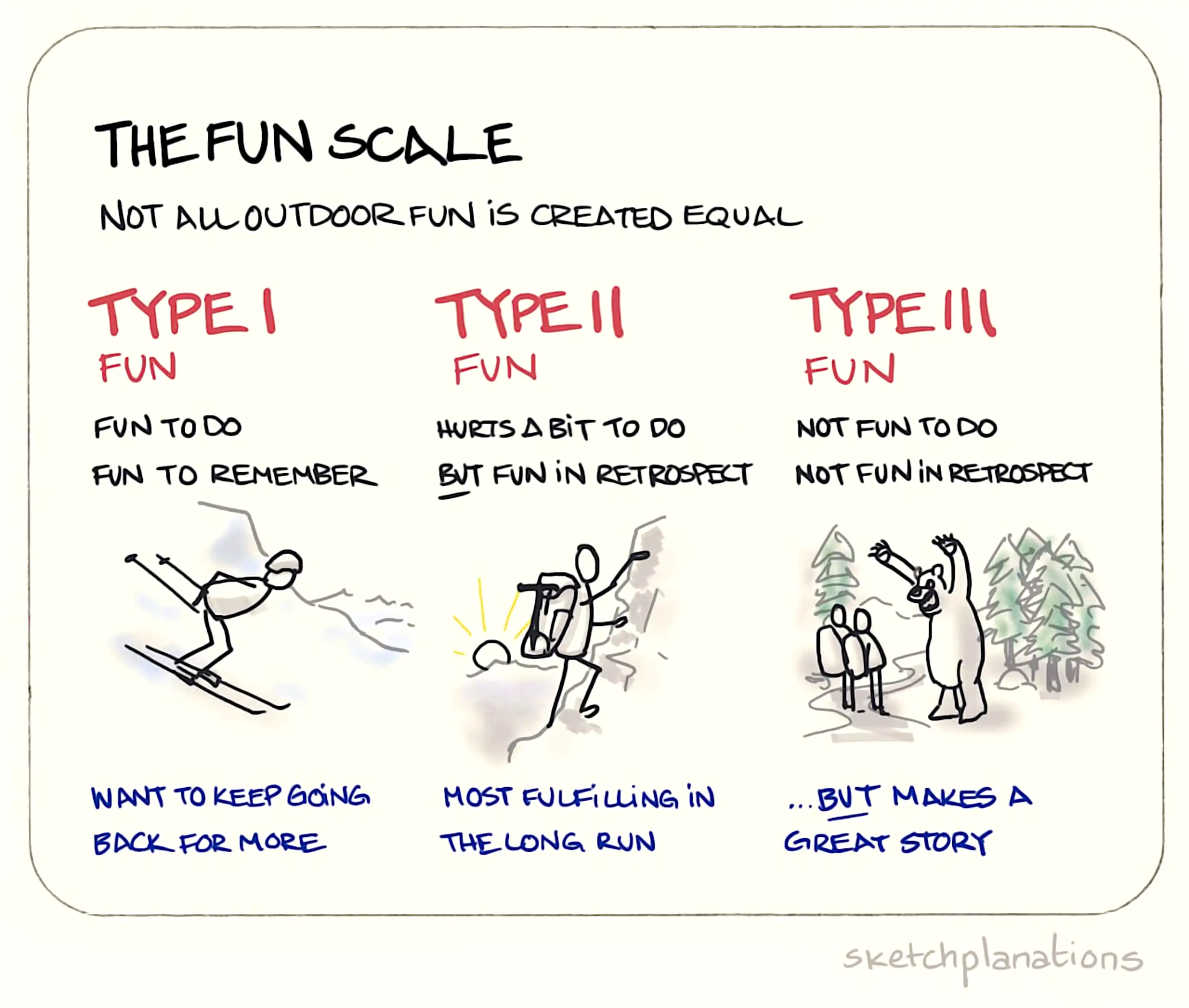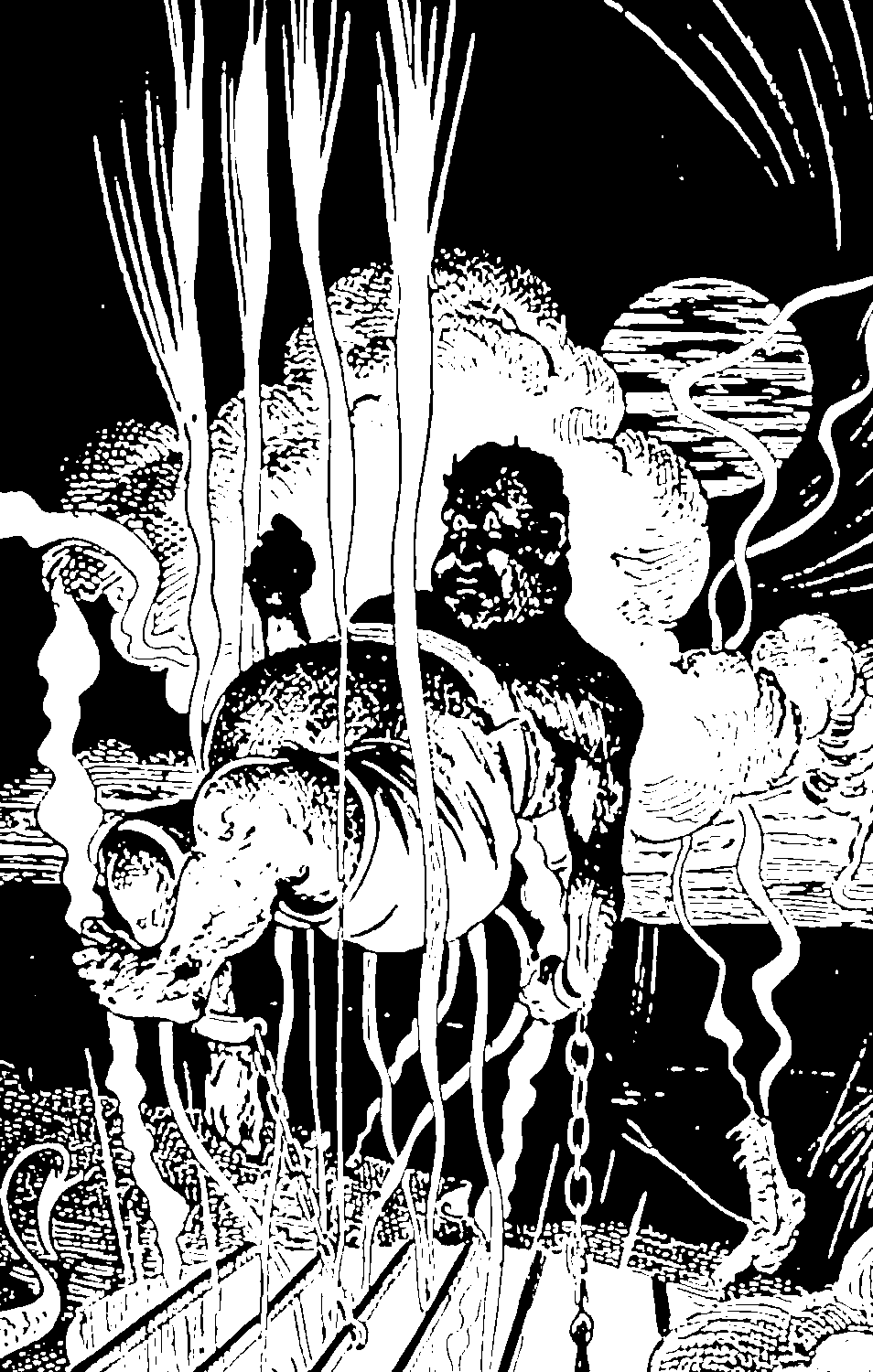Sufficiently good hedonism
Trade-offs between limited time, limited cash and limited imagination, toward the most happiness
June 23, 2020 — April 3, 2024
Suspiciously similar content
The Good Life as far as I recognise it. Or: Training myself to recognise good lives.
There is a philosophical question here. What is a good life? We cannot measure it in high scores, or things go badly. What even is a good life for? For whom is it good?
I hereby renounce the right to complacency, and vow lifelong to take only what minimum of leisure is necessary to my productivity, viewing health, happiness, rest, and play as means, not ends, and that, while Utopia provides my needs, I will commit the full produce of my labors to our collective effort to redirect the path of human life away from death and toward the stars.
Ada Palmer, The Will to Battle (Terra Ignota)
Let us assume most of us are not close to the philosophical frontier of happiness and woudl just prefer not to be miserable. How do we do that?
Spending money in a way that actually brings happiness is surprisingly hard because we lack insight into our own happiness, and are bad at spending time to achieve it and what even is happiness anyway? And what version of human happiness can explain the fact that we are a species who watches product unboxing videos on YouTube?
So, here are some notes.
1 Hedonic treadmills
I don’t think utopias are dull because of lack of conflict per se, but because of what tends to lead to conflict: agency and stakes. … Belief in utopia, like thinking that just getting that promotion or buying that car/house/whatever is going to make us happy forever, comes from a mistaken model of our own psychology. We’re not happy when things have become good, we’re happy when they’re becoming better, and especially when we’re actively and effectively making them better ourselves. This is illustrated by the way our dopamine system works—levels spike when we’re approaching and achieving a goal, and plummet afterwards, because it’s been depleted, and we need to achieve again to eat tomorrow, and the next day. Lasting improvement means a higher baseline and need for another lasting improvement, tomorrow and the next day. We’re not wired to be happy unless we’re making progress, again and again, towards greater heights.
2 Comfort traps
See comfort traps.
3 Bingeing
When we binge are we getting optimal enjoyment (Karmakar 2015)?
Personally, I find that I am not. Bingeing makes me feel intellectually bloated.
Danielle Page, What happens to your brain when you binge-watch a TV series. C&C Mashable’s Binged.
4 Which utility?
What even is happiness? Revealed preferences versus experienced happiness as a measure of utility?
Dolan and Kahneman (2008) argue that we are crap at evaluating even our own subjective goodness over time:
we are rather pessimistic about the use of decision utility to generate QALYs, although our critique of decision utility may prompt others who are more sympathetic to this interpretation of utility to refine and develop the methods of preference elicitation. In Section 5, we argue that more elaborate studies designed to elicit decision utilities cannot overcome the fundamental problem with such utilities, which is that they do not accurately represent the utility streams associated with different health states. We therefore suggest that economists should instead look towards developing measures that focus more directly on experienced utility, and we provide some suggestions about how this might be done. Our recommendations, which involve eliciting proxy values for utility as it is experienced moment-to-moment, will also provide economists involved in estimating the welfare effects of non-market goods besides health with an alternative to existing revealed and stated preference methods.
Distraction disrupts pleasure (Bernecker and Becker 2021):
“It was always thought that hedonism, as opposed to self-control, was the easier option,” says Bernecker. “But really enjoying one’s hedonic choice isn’t actually that simple for everybody because of those distracting thoughts.”
Adventure people are aware of this trade-off.
5 The fun hierarchy
For an adventurer, the fact that we remember stuff as fun despite being awful at the time is a feature not a bug.
This is another intertemporal decisions issue, I think. What we want to do now is different to what we want to have done afterwards, which is different again to what we are enjoying doing while it happens. Which of these do I want to maximize? Pat Corden explains
We were wet, tired, cold and at times, desperate. Type 2 Fun is generally achieved when you are outside your comfort zone. Somewhere in this space between comfort and agony, learning is accelerated. You don’t just learn skills, you’re forced to grow and push your boundaries. You might not enjoy it at the time, it’s challenging and goes beyond your regular routine, but ultimately, it extends you as a person.
It seems that it is feasible to experience a time which is minute-to-minute unpleasant but which I remember fondly. Do I want to maximize minute-to-minute happiness or happiness that feels good when I remember it, or even that looks good when I scroll back to it on Instagram?
6 Play
7 Friends
8 Good money-happiness ROI
Putanumonit’s Shopping for happiness summarises Dunn and Norton (2014):
Happy Money lists five principles of happy spending:
- Buy experiences
- Make it a treat
- Buy time
- Pay now, consume later
- Invest in others
Or, in podcast form, Elizabeth Dunn on the You Are Not So Smart podcast.
It is easy to use spending money as mental confirmation that something of value is being obtained. We can equally choose to relish and recognize value in experience, atmosphere, sensuality or company. The more we make such choices, the less urge we have to treat ourselves by ‘buying something nice’ when life feels hard. That urge might be transformed into a yen to go lie in the park on a blanket and watch clouds for an hour. And before you protest that such experiential pleasures take time that most modern humans don’t have, let us remind you that time is exactly what you can choose to have more of when you spend less money.
Eight ways you can get more enjoyment from the same activity – Spencer Greenberg
- Attention: focus on every detail of the experience much more intently than normal.
- Savoring: try to extend and enhance enjoyable moments by using “metacognition” – become aware of how much you’re enjoying the thing and how great you feel it is, even as you’re experiencing it.
- Collaboration: team up with a person you really like and work together on that activity as a team.
- Obsession: do it with someone who DEEPLY loves that thing.
- Gamification: turn the activity into a game.
- Adventure: turn the activity into an adventure. You need (i) a well-chosen team that is up for anything, (ii) a goal that is challenging enough that the team could fail at it, and (iii) a setup that will (safely and consensually) push the boundaries or comfort zones of the group, or that has a substantial perception of risk but without any substantial danger (see Jon Levy’s The 2 AM Principle for great ideas about how to turn things into an adventure.
- Novelty: find a way to do or experience that thing in a way you haven’t done so before.
- Re-pricing: imagine that you spent $1000 on this experience and that it is rightly considered the very best of its kind in the world. Try to engage with the experience from that perspective.
- Katja Grace, How to trade money and time.
- Collating widely available time/money trades
- Income is a poor way to improve well-being
- Thoughts on Personal Finance for Effective Altruists
- Milan Cvitkovic, Things you are allowed to do
Or, more radical, consider What Are Some Good Do-Nothing Jobs For The Lazy And Non-Ambitious?, wherein ways to ascend the exterior faces of Maslow’s pyramid of needs are detailed.
I recommend just being a plain bum. Hang out at the library all day. collect any welfare you can get. Build out a little wilderness squat on the outskirt edge of the public transportation routes. Get a folding solar panel to charge digital devices. Those Anker brand chinese ones are like $50 now. You can pick up weed trimming work one month a year and just listen to podcasts and bullshit with other trimmers, that should cover your expenses for the year. You will meet a few kooky geniuses that live on the streets and some street punks to have fun with, help out a food not bombs chapter. Go to a rainbow gathering make connections find all the free places to live, go chill with some hippies, get sex. Find a nice beach somewhere.
I have done this shit for over 10 years. Having a job reduces your standard of living. Once you get into the underground you will find there is a whole invisible layer of people living outside the system that help each other out.
Do an apprenticeship with an old train hobo, learn to tap springs in the mountains and build water filtration systems for spontaneous wilderness villages that appear in the national forests in secret festivals, learn to make synthetic drugs, or just figure out what areas and homeless shelters have the best food
Fascinating. But not my jam.
9 Hedonic engineering
a.k.a. doing non-intuitive stuff to attain happiness.
Sarah H. Woodhouse and Spencer Greenberg in What people get wrong about happiness mention
For example, Sheldon and Lyubomirsky’s Hedonic Adaptation Prevention Model (Sheldon and Lyubomirsky 2012) posits that an individual’s hedonic set point is actually a range, and that particular behaviors can help them to reach (and stay in) the upper limit of that range. The particular interventions they suggest are increasing the variety of experiences associated with a positive life change (not just buying a membership for a new gym, but regularly changing up the exercise routine you do there, for example) and frequently taking the time to appreciate how the change has benefited them.
See also
10 Investing
11 Optimising considered harmful
Is satisficing (Simon 1956) not only efficient but more pleasurable?
12 Housing
Is buying housing a good use of time/money? This question is a little bit special in Australia which has a massive state social and financial engineering program to prop up a quasi-landed gentry system. Not sure how other places compare, but generally I think land economics is cooked.
13 Leaving on a high note
TBC
14 Incoming
The State of the Culture, 2024 - by Ted Gioia on the art r
goblincore
Ran Prieur, How to Drop Out
Adam Mastroianni, Things could be better
Instead, we discovered something weirder. We keep seeing it over and over again, and we can’t figure out how to make it go away. Today, I’m here to tell you all about it.
It goes like this: when people imagine how things could be different, they almost always imagine how things could be better.



